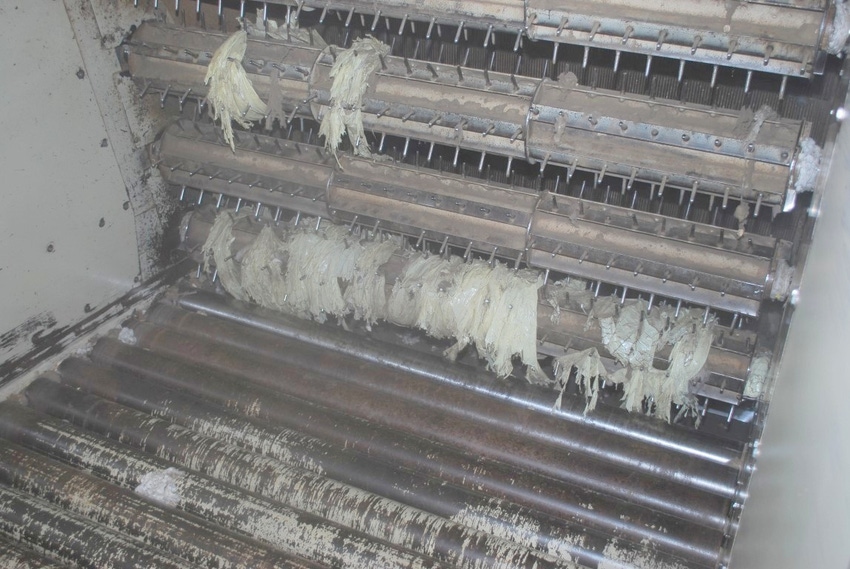
Despite years of efforts by the U.S. cotton industry to clean up trash problems in cotton, contamination remains a large warning blip on the industry's radar screen.Cotton contamination continues to jeopardize industry bottom lines, says Dale Thompson of the National Cotton Council, speaking Jan. 5 at the 2015 Beltwide Cotton Conferences in San Antonio, Texas.
January 5, 2015

The contamination of cotton from plastic tie downs, module covers and grocery store bags, along with oil, grease, and other ‘trash’ picked up during the harvest and ginning processes, still remain a significant threat to the U.S. natural fiber industry.
Despite several decades of efforts industrywide to clean up the problem, it’s still a large blip on cotton’s radar screen yet recent findings suggest the problem is slightly decreasing.
Cotton contamination was the the lead-off industry issue discussed during the opening 2015 Beltwide Cotton Conferences session held Jan. 5 In San Antonio, Texas.
Contaminates in cotton negatively impact the bottom lines of cotton growers, Dale Thompson of the National Cotton Council (NCC) told the the Beltwide crowd of consultants, researchers, growers, and other industry members.
“We view it as a threat," said Thompson, who noted, "Good housekeeping is the key" to help solve the problem.
Thompson showed a PowerPoint slide of a decade-old flyer listing various trash products too often found in cotton. He warned the industry that mills can quickly sever sales ties due to cotton trash which can create far-reaching negative economic consequences.
"Lost markets tied to contamination are hard to recapture," the NCC leader said. "The damage done can be hard to repair.”
Thompson also shared photos of newly-made white cotton t-shirts with colored trash in the fabric – small and large damage spots which rendered the clothing unmarketable. One photo showed a large table with contaminate-damaged T's stacked more than a foot high.
Over the years, the cotton industry has financially invested in expensive equipment to remove cotton trash from fibers. Mills, for example, use visual scanners to remove off-white colors associated with trash, including dark-colored oil and grease.
The problem is the color-evaluation process slows down the milling process which in the end increases production costs.
Another photo showed a torn red-colored bandana on the outside of a bale. Thompson says the bigger problem is that most trash is located inside the bale which makes it much more difficult to find and remove.
The most frequently-found contaminating item is plastic.
Among the solutions to remove plastic and other trash begins on the farm before and during harvest.
“Pick it up in the field and take it to the turn row and get rid of it,” Thompson recommends.
He urged growers and ginners to search for broken plastic from module covers at the gin. Ties made of cotton are better to use than plastic ties to help reduce cotton contamination.
The industry goal is “contamination-free cotton," Thompson concluded.
"It’s everyone’s responsibility to prevent lint contamination."
You May Also Like



